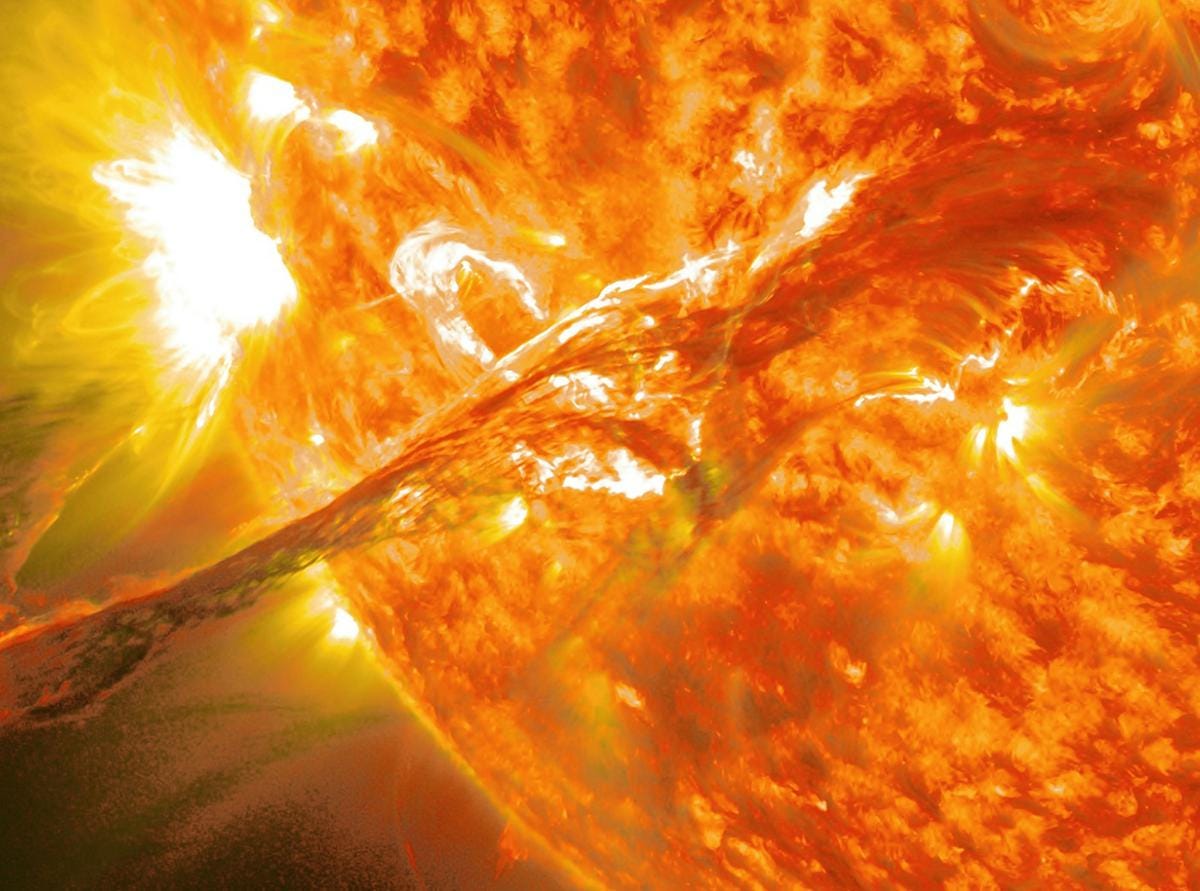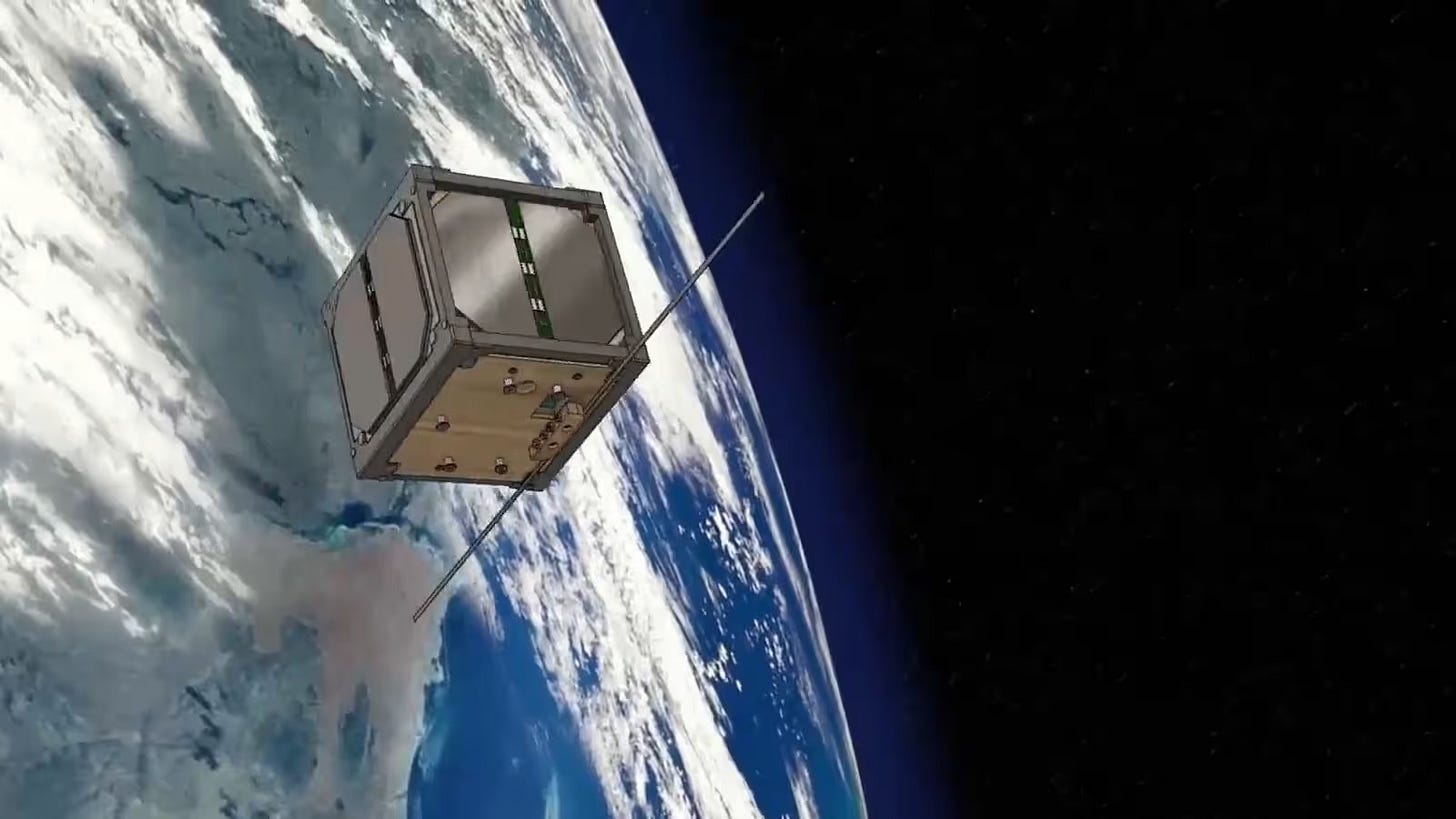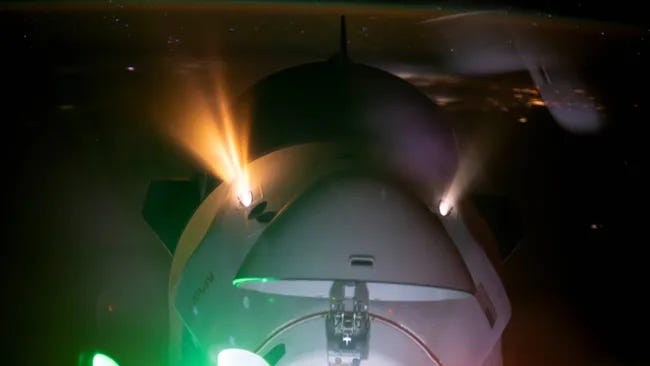Weekly - Japan launches world’s 1st wooden satellites and more
🟢 Weekly Space News - Quick and Easy.
Our Engagement Palette!
We’re excited to share a new colour-coded system for SpaceBlaze:
🟤 Brown: For posts that are mundane and bland.
🟡 Yellow: For fairly interesting posts.
🟢 Green: For our most engaging posts.
This Palette will help you decide which post is worth your time!
*Applicable only for Weekly Space News
This week’s post ranks green 🟢 on the Engagement Palette.
First science result from Aditya-L1 published
Last week, scientists from the Indian Institute of Astrophysics (IIAp), who helped build the VELC payload on ISRO’s Aditya-L1 solar observatory, published the first scientific result from the spacecraft’s data. Launched in September 2023 to study the Sun, Aditya-L1 reached the L1 orbit in January 2024. Though it has been sending data for months, this is the first result derived from it. The scientists created a model that precisely calculated the onset of a solar flare from July 16th using data from the spacecraft obtained before the flare itself. With future improvements, this could predict solar flares before they happen.
Japan launches world’s 1st wooden satellites
Last week, the world’s first completely wooden satellite, made by Japan was successfully put in low earth orbit. The satellite, named LignoSat is a technology demonstration satellite that will test how well wood holds up in space. Weighing only 900 grams (a regular satellite weighs around 700kg) the satellite is built using magnolia wood, crafted without using screws or glue. The main advantage of wooden satellites is that they can burn up in the atmosphere once their use is over, unlike most satellites which add on to the space debris and risk collisions with other satellites. Lignosat will remain in orbit for six months before burning up in space.
SpaceX gets to boost ISS orbit for first time
Whenever the ISS starts slowing down and its orbit starts to decay, a spacecraft gives it a tiny boost to raise its orbit and keep the space station stable. Usually, these are done by government-owned spacecraft like Soyuz. This is the first time SpaceX’s Dragon spacecraft has been given the chance. This is important for SpaceX as it has been contracted to safely deorbit the ISS by 2030 and it needs experience manoeuvring the spacecraft.




